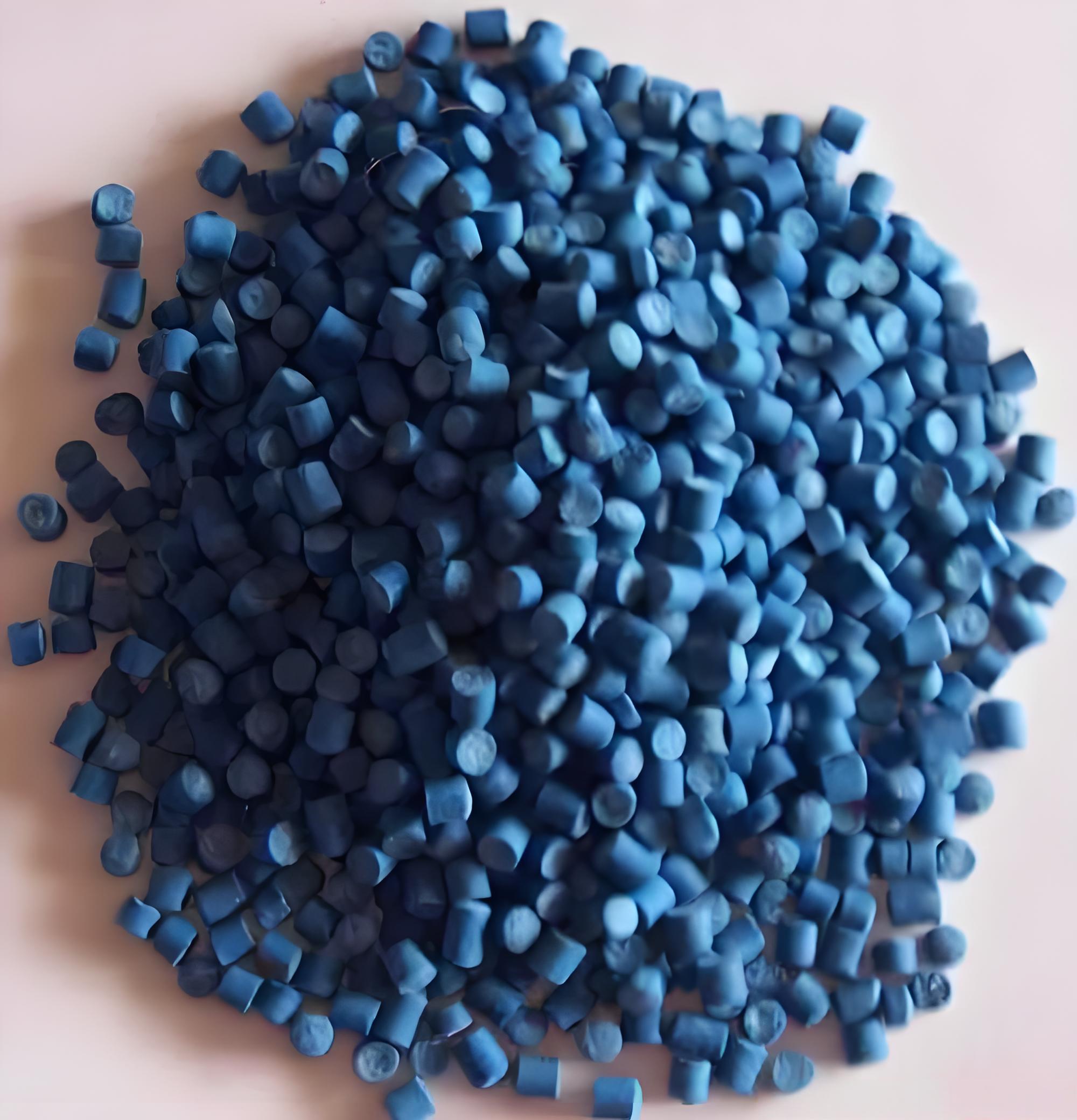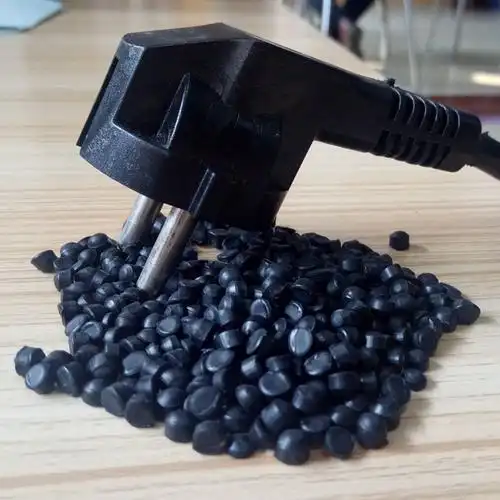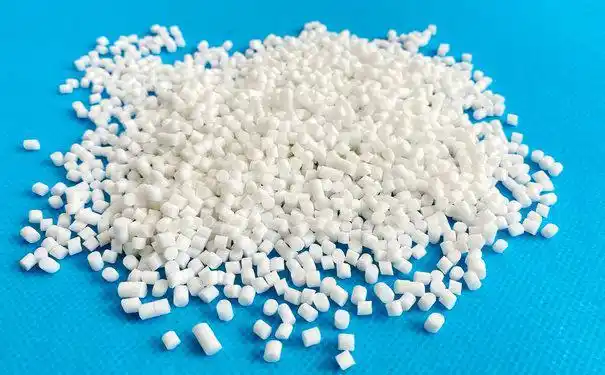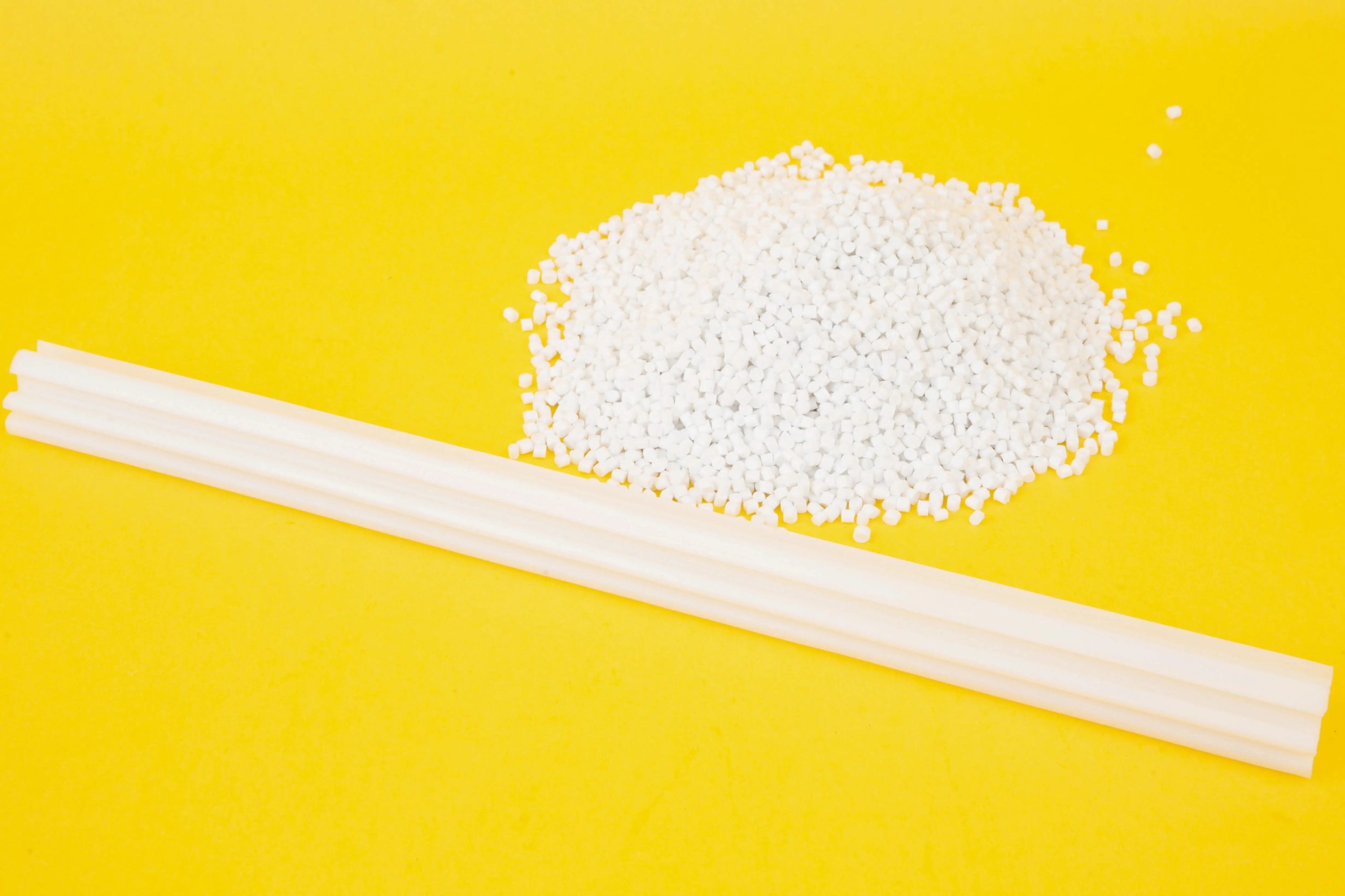As someone who’s been in the cable manufacturing industry for over a decade, I’ve seen countless materials come and go, each with its own quirks and strengths. One question that keeps popping up, especially from consumers and product designers, is whether TPE (Thermoplastic Elastomer) data cables stiffen over time. It’s a fair concern—nobody wants a cable that feels like a brittle stick after a few months of use. I’ve worked with TPE in various applications, from consumer electronics to industrial setups, so let me share my insights to help you understand what’s going on with TPE cables and whether they’ll lose their flexibility.

What Is TPE, and Why Is It Used in Data Cables?
Let’s start with the basics. TPE is a fascinating material that blends the elasticity of rubber with the processability of plastic. Unlike traditional thermoset rubbers, which are permanently set after molding, TPE can be melted and reshaped, making it a favorite for manufacturers. Its popularity in data cables stems from its unique properties: flexibility, durability, and environmental resistance. I’ve seen TPE used in everything from phone charging cables to high-end audio equipment because it strikes a balance between performance and cost.
But here’s the kicker: not all TPEs are created equal. There are several types—styrenic block copolymers (TPE-S), thermoplastic polyurethanes (TPU), and thermoplastic vulcanizates (TPV), to name a few—each with slightly different characteristics. For data cables, TPE-S and TPU are the most common due to their softness and ability to withstand repeated bending.
Why the Concern About Hardening?
I get why you’re worried about TPE cables turning hard. We’ve all had that one cheap cable that starts off soft and pliable but ends up stiff as a board after a few months. The fear is that TPE, despite its fancy name, might follow the same path. Hardening in cables can make them less user-friendly, prone to cracking, or even cause internal conductor damage. So, let’s dig into the factors that affect TPE’s flexibility over time and whether hardening is a real issue.
Factors That Influence TPE Cable Flexibility
In my experience, whether a TPE cable stays soft or becomes rigid depends on a few key factors:
Material Composition: The specific TPE blend matters. For instance, TPE-S cables with high styrene content might feel softer initially but can lose flexibility if not formulated properly. TPU, on the other hand, tends to maintain its elasticity better due to its robust molecular structure.
Environmental Exposure: Cables don’t live in a vacuum. Exposure to UV light, extreme temperatures, moisture, or chemicals can degrade TPE over time. I’ve seen cables left in direct sunlight for months start to feel stiffer because UV radiation breaks down the polymer chains.
Manufacturing Quality: Not all TPE cables are made with care. Low-quality formulations or improper processing (like incorrect cooling during extrusion) can lead to premature hardening. I’ve worked with suppliers who cut corners by adding cheap fillers, which compromise long-term performance.
Usage Patterns: How you use the cable matters. Constant bending, twisting, or stretching—especially beyond the cable’s design limits—can cause micro-damage to the TPE jacket, making it feel less flexible. Think of those tightly coiled phone chargers you yank out of your bag daily.

Does TPE Naturally Harden Over Time?
Here’s the good news: TPE, when properly formulated, does not naturally harden under normal conditions. Unlike PVC, which often contains plasticizers that can migrate out and cause brittleness, TPE relies on its polymer structure for flexibility. This means a well-made TPE cable should stay soft and pliable for years, even with regular use. In my time testing cables for consumer electronics, I’ve seen high-quality TPE cables maintain their flexibility after thousands of bend cycles.
However, there’s a catch. Poorly designed TPE blends or cables exposed to harsh environments can lose some of their elasticity. For example, I once consulted on a project where TPE cables used in outdoor equipment started stiffening after prolonged exposure to high humidity and UV light. The issue wasn’t TPE itself but the lack of UV stabilizers in the formulation.
Comparing TPE to Other Cable Materials
To give you a clearer picture, let’s compare TPE to other common data cable materials. I’ve put together a table based on my experience and industry standards to show how TPE stacks up against PVC, TPU, and silicone.
|
Material |
Flexibility |
Durability |
Environmental Resistance |
Cost |
|---|---|---|---|---|
|
TPE |
High, stays soft with proper formulation |
Good, resists abrasion and bending |
Excellent (UV, temperature, chemicals) with additives |
Moderate |
|
TPU |
Very high, excellent elasticity |
Very high, great for heavy use |
Superior, especially in harsh conditions |
Higher than TPE |
|
PVC |
Moderate, can harden over time |
Moderate, prone to cracking |
Good but degrades under UV |
Low |
|
Silicone |
Extremely high, very soft |
High but less abrasion-resistant |
Excellent, wide temperature range |
High |
From this table, you can see why TPE is a go-to choice. It’s more flexible and durable than PVC, often cheaper than TPU or silicone, and can be tailored for specific environments with the right additives.
Real-World Performance: What I’ve Seen
Let me share a story from my early days in the industry. A client approached me with complaints about their TPE data cables stiffening after six months in retail use. After some digging, we found the issue wasn’t the TPE itself but the cheap fillers used to cut costs. The manufacturer had added excessive calcium carbonate, which compromised the cable’s elasticity. We switched to a higher-grade TPE-S blend with UV stabilizers, and the problem disappeared. The cables stayed soft even after a year of daily handling.
This experience taught me that quality matters as much as the material itself. If you’re buying a TPE data cable, check the brand’s reputation or look for certifications like RoHS or UL-94, which indicate better material standards.

How to Prevent TPE Cables from Hardening
Based on years of troubleshooting, here are some practical tips to keep your TPE data cables soft and functional:
Choose Quality Products: Opt for cables from reputable manufacturers. Brands like Apple and Samsung use TPE for their cables, and their rigorous testing ensures longevity. Look for terms like “halogen-free” or “UV-resistant” on the packaging.
Avoid Extreme Conditions: Store cables away from direct sunlight, high humidity, or extreme heat. I’ve seen cables left on car dashboards in summer start to stiffen because of prolonged heat exposure.
Handle with Care: Avoid excessive bending or twisting. Use cable organizers to prevent tight coils, which can stress the TPE jacket over time.
Check for Additives: If you’re a designer or procurement manager, ask suppliers about the TPE formulation. Ensure it includes stabilizers for UV, heat, and chemical resistance.
Addressing Common Misconceptions
I’ve heard a lot of myths about TPE cables over the years. One common one is that all TPE cables will harden eventually. This simply isn’t true. As I mentioned, a well-formulated TPE cable can last years without losing flexibility. Another misconception is that TPE is just “fancy plastic” and no better than PVC. In reality, TPE’s lack of toxic plasticizers and its recyclability make it a safer and more eco-friendly choice.
Environmental and Safety Benefits of TPE
One thing I love about TPE is its environmental edge. Unlike PVC, which can release harmful substances like phthalates, TPE is often halogen-free and non-toxic. This makes it safer for users and better for the planet. In my work, I’ve pushed for TPE in projects where eco-sustainability was a priority, and the results have been impressive—cables that perform well and align with green initiatives. Plus, TPE’s recyclability means less waste in landfills.

When Might TPE Cables Feel Stiffer?
There are scenarios where a TPE cable might feel less flexible, even if it hasn’t “hardened” in the technical sense:
Cold Temperatures: TPE can stiffen slightly in very cold environments (below -20°C), but it usually regains flexibility once warmed. I’ve tested TPE cables in freezers for industrial applications, and they bounce back fine.
Aging: Over many years, even high-quality TPE can experience minor polymer degradation, especially if exposed to harsh conditions. This is rare in consumer use, though.
Surface Dust: TPE can attract dust, which might make it feel less smooth. A quick wipe with a damp cloth usually fixes this.
My Take: Should You Trust TPE Cables?
After years of working with TPE, I can confidently say it’s one of the best materials for data cables—if done right. A high-quality TPE cable won’t harden under normal use and offers a great balance of flexibility, durability, and safety. The key is choosing a cable from a trusted manufacturer and treating it with reasonable care. I’ve seen TPE cables outperform PVC and even rival silicone in demanding applications, all while being more cost-effective.
If you’re still skeptical, think about the cables used by major tech brands. Apple’s Lightning cables, for instance, use TPE for its flexibility and eco-friendly properties. I’ve torn apart (professionally, of course) plenty of these cables to study their construction, and the TPE jackets hold up remarkably well, even after years of daily use.
Conclusion: Flexibility That Lasts
So, will TPE elastomer material data cables become hard? In my experience, the answer is no, provided the cable is well-made and used within its intended environment. TPE’s unique blend of rubber-like elasticity and plastic-like processability makes it a fantastic choice for data cables. By choosing quality products and following basic care tips, you can enjoy soft, flexible cables for years. Whether you’re a consumer tired of replacing stiff cables or a designer looking for reliable materials, TPE is worth your trust.

Related Questions and Answers
Q: How can I tell if a cable is made of TPE?
A: Check the product description or packaging for terms like “TPE,” “thermoplastic elastomer,” or “halogen-free.” TPE cables are usually softer and smoother than PVC, with no strong plastic smell. If in doubt, contact the manufacturer.
Q: Are TPE cables better than silicone cables?
A: It depends on the application. TPE is more cost-effective and durable for most consumer uses, while silicone offers superior heat resistance for extreme environments. For everyday data cables, TPE is usually the better balance of performance and price.
Q: Can I use TPE cables outdoors?
A: Yes, but ensure they’re UV-resistant. Look for cables with UV stabilizers in the TPE formulation to prevent degradation from sunlight exposure.
Q: Why do some TPE cables feel sticky over time?
A: This can happen if low-quality TPE is used, or if the cable attracts dust and oils. Wipe it with a damp cloth, and avoid cheap cables with poor formulations.
Q: How long do TPE cables last?
A: With proper care, high-quality TPE cables can last several years without hardening or cracking. Durability depends on the formulation and usage conditions.





